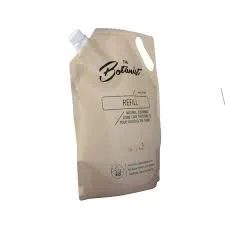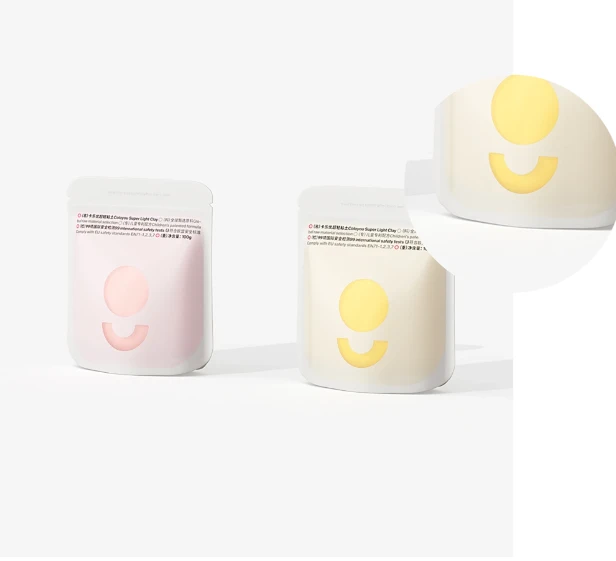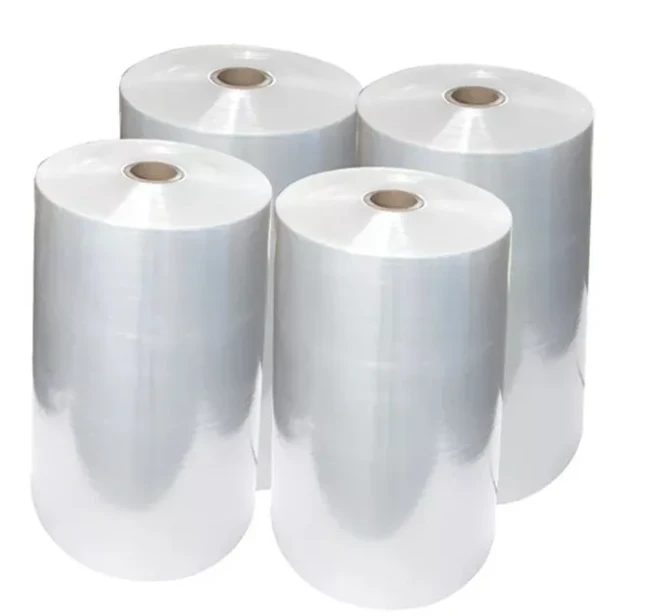- Afrikaans
- Albanian
- Amharic
- Arabic
- Armenian
- Azerbaijani
- Basque
- Belarusian
- Bengali
- Bosnian
- Bulgarian
- Catalan
- Cebuano
- chinese_simplified
- chinese_traditional
- Corsican
- Croatian
- Czech
- Danish
- Dutch
- English
- Esperanto
- Estonian
- Finnish
- French
- Frisian
- Galician
- Georgian
- German
- Greek
- Gujarati
- haitian_creole
- hausa
- hawaiian
- Hebrew
- Hindi
- Miao
- Hungarian
- Icelandic
- igbo
- Indonesian
- irish
- Italian
- Japanese
- Javanese
- Kannada
- kazakh
- Khmer
- Rwandese
- Korean
- Kurdish
- Kyrgyz
- Lao
- Latin
- Latvian
- Lithuanian
- Luxembourgish
- Macedonian
- Malgashi
- Malay
- Malayalam
- Maltese
- Maori
- Marathi
- Mongolian
- Myanmar
- Nepali
- Norwegian
- Norwegian
- Occitan
- Pashto
- Persian
- Polish
- Portuguese
- Punjabi
- Romanian
- Russian
- Samoan
- scottish-gaelic
- Serbian
- Sesotho
- Shona
- Sindhi
- Sinhala
- Slovak
- Slovenian
- Somali
- Spanish
- Sundanese
- Swahili
- Swedish
- Tagalog
- Tajik
- Tamil
- Tatar
- Telugu
- Thai
- Turkish
- Turkmen
- Ukrainian
- Urdu
- Uighur
- Uzbek
- Vietnamese
- Welsh
- Bantu
- Yiddish
- Yoruba
- Zulu
shape of box
The Shape of Boxes A Study in Design, Functionality, and Aesthetics
Boxes are more than mere containers; they are architectural wonders of everyday life. The shape of a box, seemingly simple, belies a deeper significance in design and functionality. From the traditional rectangular shape to innovative geometric forms, the box is an enduring symbol of utility and creativity. This article explores the various shapes of boxes, their purposes, and how they influence our perceptions and behaviors.
Historically, boxes have served practical purposes. The earliest boxes were crafted from natural materials like wood, clay, or woven fibers and were designed to hold and protect valuable items. The rectangular shape quickly became the standard due to its efficiency in packing and stacking. Rectangular boxes optimize space—whether on a shelf, in a warehouse, or while transporting goods. The uniformity of these shapes allows them to be easily arranged and stored.
However, the simple rectangle isn't the only shape that has found its way into box design. The cube, known for its symmetry and balance, offers advantages in both storage and aesthetics. Cubes can pack neatly into one another, reducing waste of space. In recent years, the allure of cubical packaging has also been evident in consumer goods, where brands seek to create a striking impression. The six-faced shape creates an opportunity for unique branding, as it presents more surface area for graphics and marketing messages.
Interestingly, the evolution of box shapes has paralleled advancements in technology and creativity. For example, food packaging is frequently innovating beyond the traditional box. Consider the emergence of innovative forms such as triangular or hexagonal boxes, which not only distinguish products on shelves but also enhance usability. These shapes can facilitate easier access to contents, particularly in products like snack foods, where a more engaging unboxing experience can enhance a consumer's enjoyment.
shape of box

In recent years, the fascination with irregular shapes has gained traction, driven by the rise of e-commerce and the desire for personalized packaging. Designers are now experimenting with asymmetrical designs that create a unique silhouette—boxes that may not stack as neatly but have a visual appeal that captivates consumers. This trend highlights the growing importance of aesthetics in packaging. A product's box can be an extension of its brand identity; thus, the shape can carry connotations that resonate with consumers on a psychological level.
The relationship between box shape and cultural significance should not be overlooked. Many cultures have traditional designs for boxes that hold great significance. For example, in Japanese culture, the jubako is a layered bento box that embodies elegance in its modular design. Its shape enhances the dining experience, as each layer reveals a new assortment of carefully prepared food. The shapes of boxes like jubako reflect societal values, emphasizing harmony, balance, and the beauty of simplicity.
Moreover, the functionality of boxes extends beyond typical storage; they can serve as tools for organization and creativity. Artists and crafters utilize various box shapes to inspire their work, often transforming ordinary boxes into stunning pieces of art. By altering the shape and form, they repurpose them into storytelling devices, whether through mixed media projects or as part of an elaborate installation.
Environmentally, the shape of boxes plays an important role in sustainable practices
. With the push for eco-friendly packaging solutions, the shape affects material usage, recyclability, and overall waste. Designers are challenged to create shapes that minimize material waste while maintaining structural integrity. Flat-pack boxes, for instance, reduce transportation emissions and are a hallmark of sustainable design.In conclusion, the shape of boxes transcends mere function; it encompasses a multitude of aspects that inform design, usability, and cultural significance. Whether they are simple rectangles or intricate geometries, boxes are essential in our daily lives. Their shapes tell a story of efficiency, creativity, and sustainability, reflecting societal values and preferences in a tangible form. As we continue to innovate and evolve in design practices, the box will remain a blank canvas, ready to embrace new shapes that will define the future of packaging.













